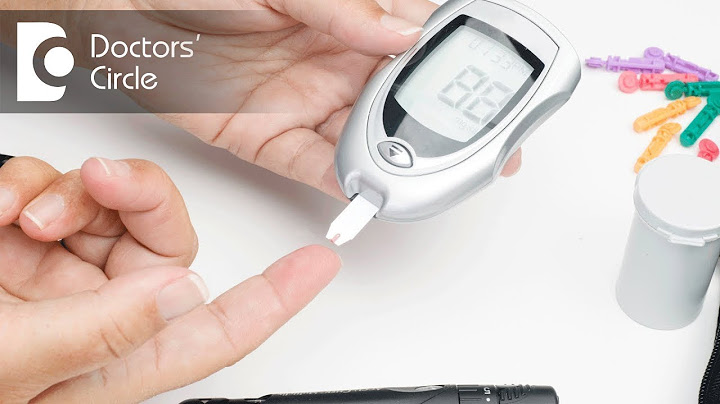The body needs a small amount of sodium to function, but most Americans consume too much sodium. High sodium consumption can raise blood pressure, and high blood pressure is a major risk factor for heart disease and stroke.1 Most of the sodium we consume is in the form of salt. Show
How does salt affect blood pressure?
Is it salt or sodium?
Facts About Sodium Consumption and Sodium in Our Food Supply
Reducing Sodium and Reducing Cardiovascular Disease Burden
In October 2021, the U.S. Food and Drug Administration (FDA) released guidance to set measurable voluntary sodium reduction targetsexternal icon for processed, packaged and prepared foods. The FDA’s guidance lays out short-term sodium reduction goals for food manufacturers, restaurants and food service establishments, for about 160 categories of food. The sodium reduction targets aim to decrease average dietary sodium intake from 3,400 milligrams (mg) to 3,000 mg per day, over the next 2.5 years. This guidance leads the public closer to achieving the Dietary Guidelines for Americans’ recommended sodium limit of 2,300 mg per day (for those 14 years and older) and will result in decreased risk of heart disease, stroke and hypertension.
How long will a high sodium meal affect blood pressure?Researchers from the Commonwealth Scientific and Industrial Research Organization (CSIRO), Australia report that when a high salt meal was consumed blood vessels widened about half as much as for low salt meal, though they noted that these effects passed after around two hours when normal functioning was restored.
Does sodium immediately affect blood pressure?Salt affects people differently. “Some people can consume sodium with no effect on their blood pressure,” says Dr. Thomas. “But for others who are 'salt sensitive,' even a slight increase in sodium intake wreaks havoc on the kidneys' ability to regulate fluid, and increases blood pressure.”
How can I lower my blood pressure after eating salty food?What to do if you've eaten too much salt. First, make sure you drink sufficient amounts of water to help your body regain its desired sodium-to-water ratio ( 2 , 7 ).. You can also try eating foods that are rich in potassium, such as fruits, vegetables, legumes, nuts, seeds, and dairy.. Can eating a high salt meal raise blood pressure?How does salt raise your blood pressure? Salt makes your body hold onto water. If you eat too much, the extra water in your blood means there is extra pressure on your blood vessel walls, raising your blood pressure.
|

Advertising
LATEST NEWS
Advertising
Populer
Advertising
About

Copyright © 2024 mempelajari Inc.













